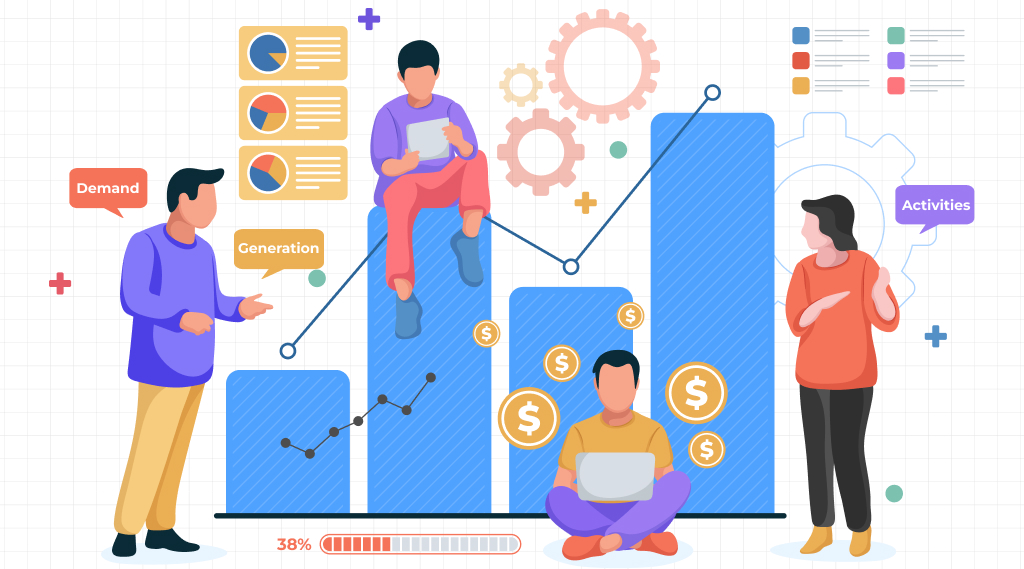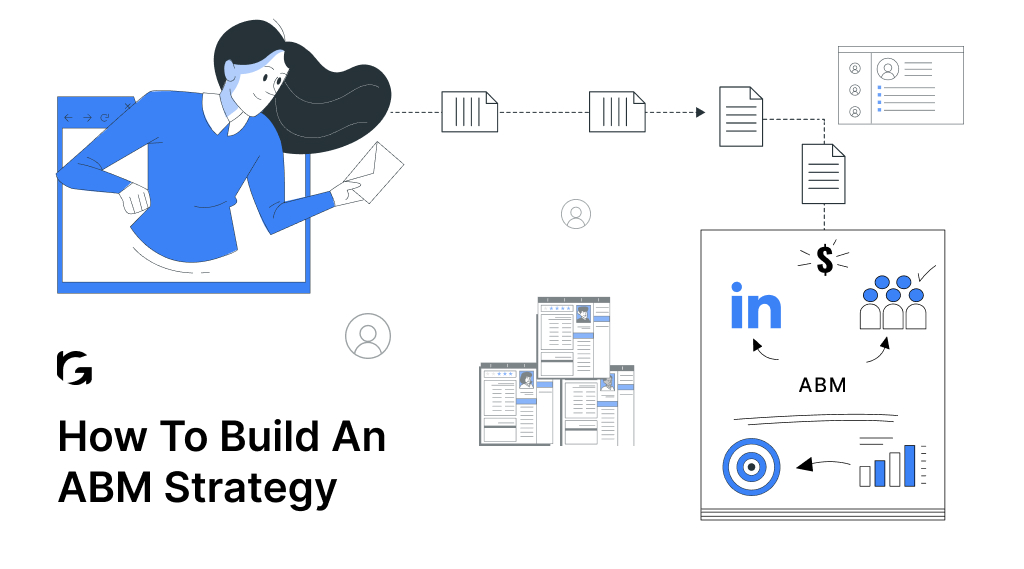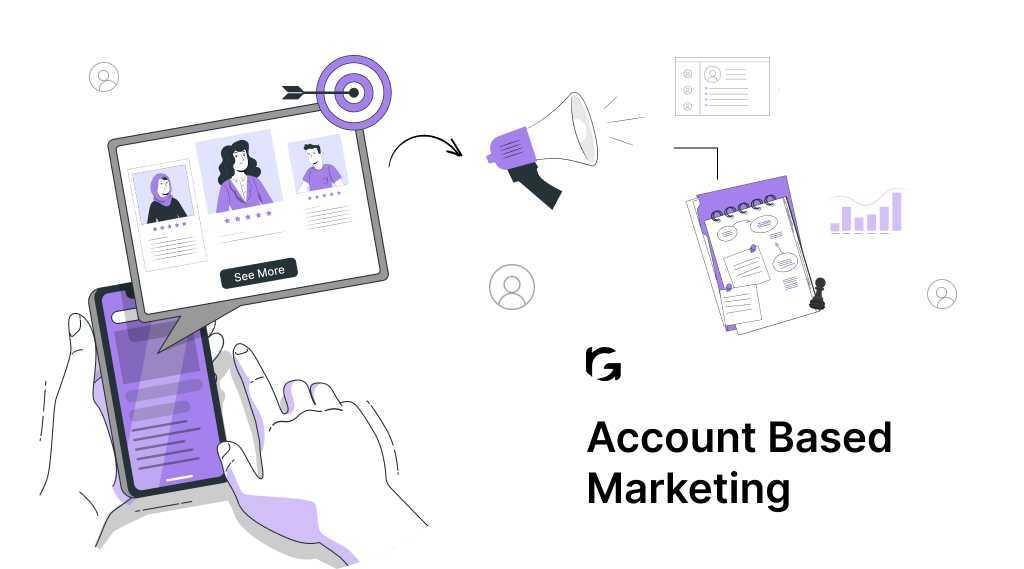As a Senior Growth Marketer at Revv Growth, my task is to fill the pipeline with qualified leads. To succesffuly achieve it I need to master the ‘demand generation activities’. Miss out on these, and you’re letting your competitors win and losing potential buyers. Without it, how will your revenue grow, or better yet, how will you even stay in the game?
Under Demand Generation there are different sub branches like demand capture and demand creation, both serving its own objective. In this article I will tell you what are the best demand generation activities that are available to the saas marketers out there. Lets get started.
Demand generation activities: What are they?
Like I said, Demand Generation is a mix of two major category of marketing:
- Demand Capture, which is nothing but capturing the existing demand in the market for your product through channels like SEO, Google ads etc.
- Demand creation: Through Demand Creation we try to create demand for the product through different channels like Linkedin ads, Email marketing, Webinar etc.
These sum of activities put together forms ‘demand generation’ By focusing on demand generation, businesses can attract and nurture leads, educate prospects about their offerings, and build relationships that lead to long-term customer loyalty and advocacy.
12 Demand generation activities you shouldn’t overlook
Effective demand generation relies on understanding target audiences, creating compelling content that addresses their needs and interests, and distributing it through various channels to maximize visibility and engagement.
And here are the twelve effective demand generation activities you need to implement in 2024:
- Content marketing
- Search engine optimization (SEO)
- Social media marketing
- Email marketing
- AI-driven personalization and automation
- Pay-per-click (PPC) advertising
- Webinars and online events
- Influencer marketing
- Interactive content
- Account-based marketing (ABM)
- Customer advocacy programs
- Partnership and co-marketing
Let’s understand each activity sequentially.
1. Content marketing
This strategy focuses on creating and distributing valuable, relevant, and consistent content to attract and retain a clearly defined audience.
By addressing the specific needs and pain points of your target audience, content marketing establishes your brand as a thought leader and builds trust with potential customers. It’s a way to educate, inform, and engage users, guiding them through the buyer’s journey without overtly selling to them.
2. Search engine optimization (SEO)
SEO enhances the visibility of your website and content in search engine results pages (SERPs) for targeted keywords related to your products or services.
By optimizing website content, structure, and metadata according to best practices, businesses improve their online presence, making it easier for potential customers to find them. Effective SEO strategies drive organic traffic, which is both cost-effective and highly targeted.
3. Social media marketing
Utilizing social media platforms allows brands to connect with their audience in a more personal and direct way. Through consistent posting, engagement, and community building, businesses can increase brand awareness, generate leads, and even drive sales.
Social media marketing is versatile, allowing for the promotion of content, products, and events, as well as direct customer service and feedback collection.
4. Email marketing
This involves sending targeted, personalized messages to a segmented audience via email. By nurturing leads with regular updates, offers, and valuable content, email marketing keeps your brand top of mind.
It’s a cost-effective way to convert prospects into customers and one-time buyers into loyal fans. The key is personalization and segmentation, ensuring that messages are relevant to the recipient’s interests and stage in the buyer’s journey.
5. AI-driven personalization and automation
Leveraging artificial intelligence (AI) to analyze customer data and behavior, enabling highly personalized marketing messages and automations. AI technologies can predict customer preferences, tailor content recommendations, and automate repetitive tasks like customer segmentation and email campaign optimization.
This ensures that potential customers receive relevant, engaging content at the right time, significantly improving the efficiency and effectiveness of demand generation efforts.
AI-driven personalization and automation help businesses deliver a more personalized customer experience at scale, leading to increased engagement, higher conversion rates, and a deeper understanding of customer needs and behaviors.
6. Pay-per-click (PPC) advertising
PPC is a model of internet marketing where advertisers pay a fee each time one of their ads is clicked. It’s essentially buying visits to your site, rather than attempting to earn those visits organically.
PPC ads can target users based on demographics, interests, and more, making them highly effective for generating leads quickly. Platforms like Google AdWords and Facebook Ads are popular choices for PPC campaigns.
7. Webinars and online events
Hosting webinars, virtual conferences, and online workshops can significantly boost engagement with your target audience. These events provide value through education, entertainment, and interactive elements, helping to establish your brand’s authority and expertise.
Participants can interact with your team in real time, asking questions and receiving immediate feedback, which helps in building stronger relationships and nurturing leads.
8. Influencer marketing
Partnering with influencers can help brands tap into existing communities of engaged followers. Influencers have the trust and attention of their audience, making their endorsements valuable.
By collaborating with influencers whose followers match your target demographic, you can increase brand visibility, credibility, and ultimately, lead generation.
9. Interactive content
Engaging users with interactive content like quizzes, polls, and calculators can enhance user experience and increase engagement. This type of content is more engaging than passive content because it requires active participation from users, making it more memorable and likely to be shared. It also provides valuable insights into your audience’s preferences and behavior.
10. Account-based marketing (ABM)
ABM is a focused approach to B2B marketing in which marketing and sales teams work together to target specific accounts with personalized campaigns.
By focusing on a select group of high-value accounts, businesses can tailor their messaging and strategies to meet the specific needs and pain points of each account, leading to higher conversion rates and a greater ROI.
11. Customer advocacy programs
Encouraging happy customers to share their positive experiences can be a powerful way to generate new leads.
Word-of-mouth referrals, testimonials, and case studies from satisfied customers can significantly impact a brand’s credibility and trustworthiness. These programs can incentivize existing customers to become brand advocates, extending your reach organically.
12. Partnership and co-marketing
Collaborating with complementary businesses or industry influencers can expand your reach and provide access to new audiences.
Through shared initiatives like co-branded content, joint webinars, or co-sponsored events, both parties can leverage each other’s strengths and customer bases for mutual benefit. This strategy can be particularly effective for reaching broader audiences without the cost of traditional advertising channels.
Measure how your demand generation efforts are progressing through these 11 crucial metrics.
Bottom line?
All of these demand generation activities showcase the diversity and innovation required in the current digital landscape.
By incorporating these strategies into your overall demand generation plan, you can create a dynamic and engaging experience for your audience while strategically driving demand for your products or services.
By leveraging digital tools and analytics, businesses can measure the effectiveness of their demand generation efforts and refine their strategies over time. Ultimately, demand generation activities play a crucial role in generating interest, driving traffic, and converting leads into loyal customers, contributing to the overall growth and success of the business.
Ready to boost your reach and drive conversions? Discover how our demand generation services can transform your business growth today!



